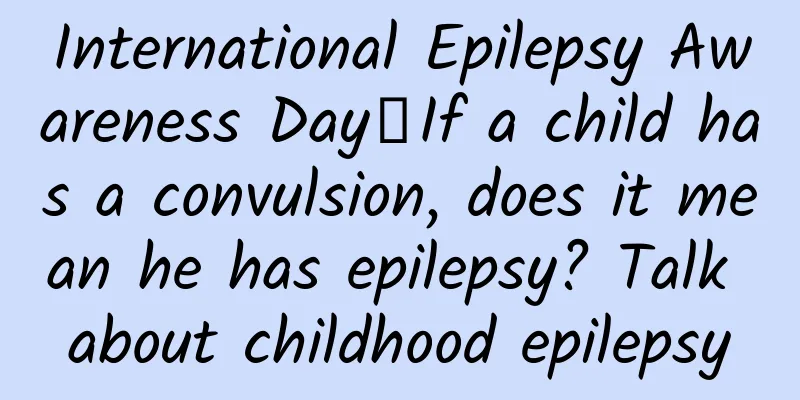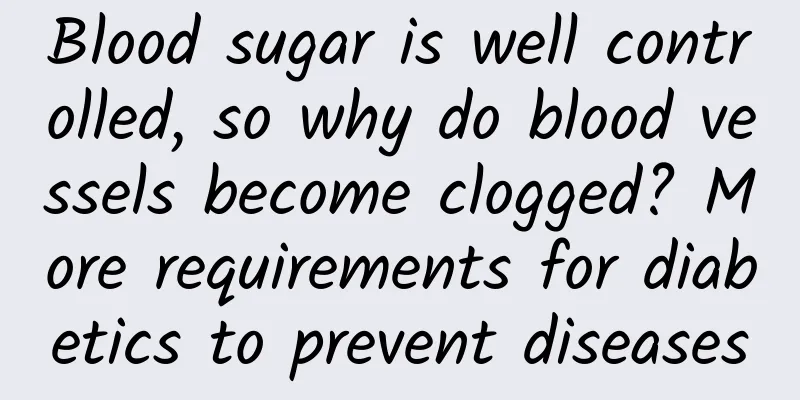Female anal pain and bleeding

|
Pain and bleeding in the anus when women defecate is usually caused by hemorrhoids. Hemorrhoids can cause difficulty in defecation and blood in the stool, and the incidence of hemorrhoids is relatively high. You need to pay attention to a light diet and anal hygiene, and then apply hemorrhoid ointment or take medicine for treatment. In addition to hemorrhoids, women's anus pain and bleeding when defecating may also be caused by anal fissures. Anal fissures are more serious and can cause anal infection. Blood clots in the stool usually refers to the presence of blood clot-like sticky substances in the stool, a small amount of blood, darker color, and pain in the anus. This situation is unlikely to be a serious disease such as rectal cancer. But usually it may be two diseases, one is hemorrhoids (internal hemorrhoids), and the other is anal fissure. The following mainly analyzes the causes and solutions of these two situations: Because feces abrades the mucosa, or because of excessive force during defecation, the pressure in the blood vessels increases, causing varicose veins to rupture, resulting in spurt-like bleeding during defecation. 2Anal fissure. Pain in the anus when defecating. 1. Symptoms such as hemorrhoids, blood in the stool, and painful defecation are indeed mostly caused by internal hemorrhoids. Internal hemorrhoids are defined as hemorrhoids that grow above the anal dentate line and under the mucosa at the end of the rectum. Because there are a large number of sinusoidal blood vessels in the local area where internal hemorrhoids grow, the sinusoidal blood vessels are abnormally enlarged due to the direct anastomosis of arteries and veins, and the internal pressure is very high. Under some inducements, they will rupture and cause bleeding during or after defecation. The color is bright red, and sometimes there is a small amount of blood on the surface of the stool, or the toilet paper is dyed red, and sometimes it is dripping blood or spurting blood. When the enlargement and bleeding of these blood vessels stimulates the surrounding nerve tissue or hemorrhoid incarceration, even eating too much spicy food or being too hot, it can cause pain in defecation for patients with hemorrhoids. For hemorrhoid bleeding and pain, doctors need to differentiate the treatment according to the patient's condition. The current treatments for hemorrhoids include: injection therapy, cryotherapy and physical therapy, but when the condition is more serious, surgical treatment is required. In addition, patients should reduce the occurrence of symptoms such as bloody stools and pain, and take good care of their daily lives. They should avoid sitting for long periods of time and eating spicy and irritating foods. They should have regular bowel movements every day to keep their bowels open. They can use potassium permanganate warm water sitz bath fumigation twice a day for 15 minutes each time. The above-mentioned lifestyle adjustments combined with treatment have good results. 2. Anal fissure and bloody stool often occur in the middle of the anus, more often in the back middle in men and in the front middle in women. The clinical symptoms are periodic anal pain, bloody stools and constipation. Anal fissure is caused by excessive consumption of spicy or roasted food, which generates internal heat and heats the colon and viscera; or long-term illness, physical weakness, yin and blood deficiency, insufficient body fluid, lack of intestinal moisture, constipation, hard and rough stools, straining during defecation, abrasions of the anal skin, and re-infection with evil toxins, which do not heal for a long time and form chronic ulcers. The treatment of anal fissure and bloody stool is mainly divided into internal treatment and external treatment in traditional Chinese medicine, which mainly focuses on clearing heat, moistening the intestines and promoting bowel movements. If it is a chronic anal fissure, it is difficult to cure it with conservative treatment, so it is currently mainly treated with surgery. Common surgical treatments include anal dilation, excision therapy, anal fissure episiotomy and longitudinal and transverse suture. The occurrence of symptoms such as blood clots in the stool and anal pain may have serious or minor causes, and patients need to be vigilant. Once the condition is discovered, they should go to the anorectal department of the hospital immediately for examination and diagnosis, and then receive treatment. As long as you are patient, calm, and fearless in receiving reasonable treatment, you can recover well. |
<<: What is the chance of an incomplete abortion?
>>: Pain just below the navel in women
Recommend
What if my period is brown during the last few days?
The color of menstrual blood, the amount of menst...
What to do if you have menstrual bleeding
When a woman has her period, she is as quiet as a...
What to do if your menstrual period lasts a long time after IUD insertion
Some friends find that their menstrual period las...
What to do if you catch a cold during lactation period
Women who are breastfeeding need to pay attention...
What to do when you are angry and have stomachache
People must control their emotions in normal time...
Dysmenorrhea starts 5 days before menstruation
A small number of female friends will start to su...
What should I do if I always sweat while sleeping during pregnancy?
Once they get pregnant, many women will become em...
What are the dangers of not clearing the uterus after medical abortion?
Medical abortion refers to a method of achieving ...
How to tighten the uterus
We all know that the uterus is particularly impor...
How many days can menstruation be delayed?
Although menstruation has a certain periodicity, ...
What are the symptoms of menopause for a 47-year-old woman?
Women generally enter menopause between the ages ...
How many days after the abortion can you go out to work?
Many women nowadays do not take good care of thei...
Girls' feet are prone to sweating and foot odor
Foot odor is a very common phenomenon. Many peopl...
Medicine to prevent uterine contractions
Because some women will experience false labor du...
Women's sleepiness, dreaminess and insomnia
People who always want to sleep need a lot of sle...









